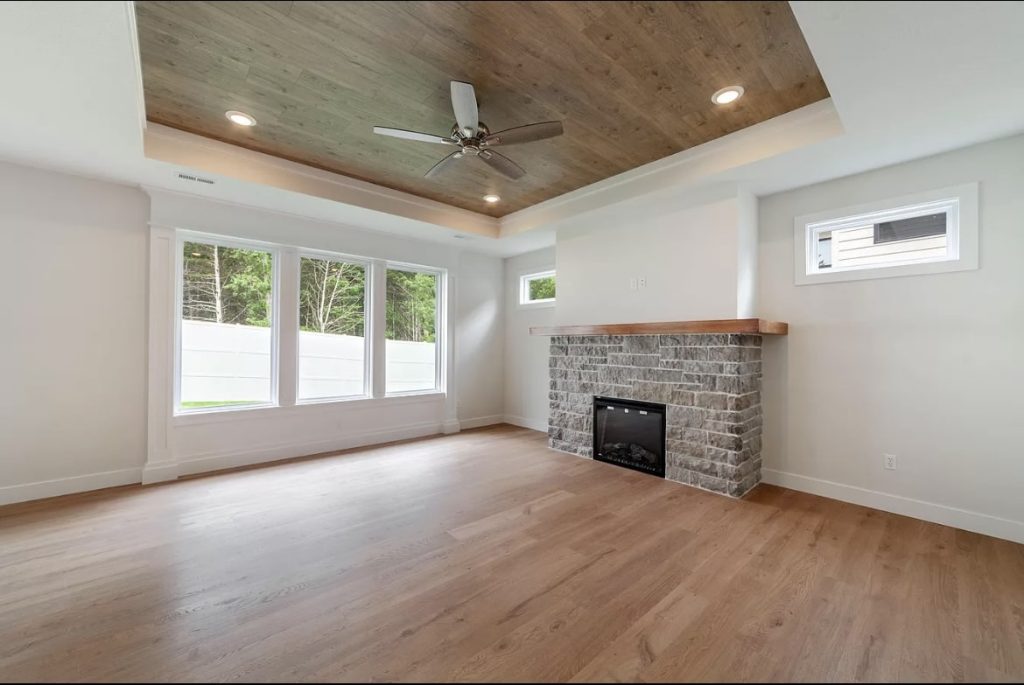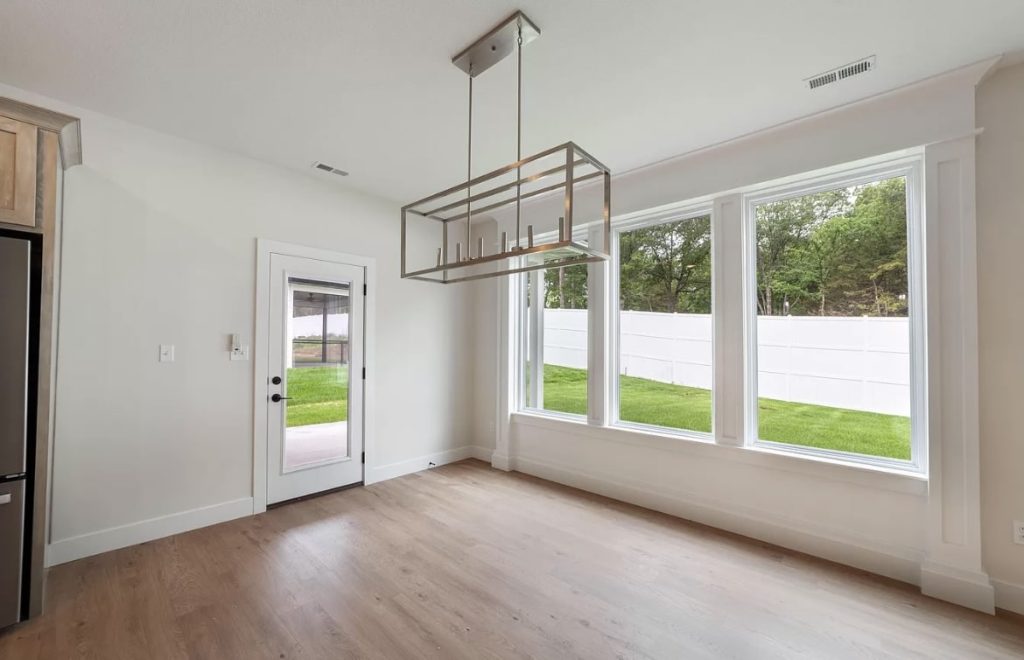Natural light isn’t just a feature of great home design; it’s a transformative force that has the power to shape how we feel and live in our spaces. More than aesthetics, sunlight serves as a vital element in creating homes that are bright, welcoming, and even beneficial to our health. From boosting mood to regulating our natural rhythms, integrating natural light into your home can truly redefine your everyday well-being.
If you’re a homeowner, interior design enthusiast, or architecture lover, read on to explore how natural light enhances home design—and how you can make it a central part of your living space.
The Psychological Power of Sunlight
Ever noticed how a sunlit room can instantly make you feel happier? It’s not just your imagination—science backs the profound effects natural light has on our mood. Sunlight boosts serotonin production, a hormone associated with feeling calm, focused, and joyful. Conversely, poorly lit spaces can leave us feeling lethargic or even down.
Architects and interior designers have mastered the art of using natural light to improve living spaces. Maximizing windows, incorporating skylights, and strategically placing mirrors aren’t simply about aesthetics; they’re ways to create environments that uplift our mental and emotional well-being. By designing homes to enhance light flow, we encourage feelings of openness and positivity in every corner.
Architectural Strategies for Maximizing Natural Light
When it comes to home design, prioritizing light begins with planning. Here are some architectural strategies to bring more natural light into your home, whether you’re designing a house or enhancing an existing space.

Optimizing Window Placement
One of the simplest ways to flood your home with natural light is through strategic window placement. South-facing windows, for example, provide consistent daylight throughout the day, and skylights allow sunlight to stream into typically dim areas like hallways or bathrooms.
Open Floor Plans
Open floor layouts remove physical barriers like walls that block sunlight from reaching interior spaces. This allows light to flow freely, illuminating adjoining rooms and creating a sense of cohesion and openness.
Utilizing Overhangs
Overhangs are clever architectural tools that regulate light. They keep interiors cool by blocking harsh summer sunlight, while still allowing lower-angled winter rays to flow in, naturally warming your home.

Material Choices That Amplify Light
Your choice of materials can dramatically impact how light travels and reflects throughout a space. By selecting light-enhancing surfaces and finishes, you can amplify the natural light you already have.
- Light-Colored Walls: Use whites, creams, and soft neutral tones to reflect sunlight deeper into your room.
- Reflective Surfaces: Polished floors, glass tables, and metallic accents bounce sunlight, creating an airy, bright atmosphere.
- Transparent or Translucent Materials: Frosted glass and translucent partitions allow natural light to pass through while maintaining privacy.
These choices help reshape how light feels, making your space seem larger and more vibrant.
Health Benefits Beyond Aesthetics
The benefits of natural light extend well beyond creating visually appealing spaces. Sunlight has direct effects on our health, energy levels, and even productivity. Here’s how it can improve your daily life:
- Better Sleep Patterns: Natural light helps regulate circadian rhythms, making it easier to fall asleep and wake up on schedule.
- Seasonal Depression Relief: Exposure to sunlight combats seasonal affective disorder, especially during long winters.
- Enhanced Work Performance: Access to sunlight in home offices can reduce eye strain, headaches, and fatigue, improving focus and productivity.
- Boost Vitamin D: When your home is designed to maximize sunlight exposure, you naturally absorb more of the essential vitamin D needed for healthy bones, a strong immune system, and balanced mood regulation.
Sustainable Design and Energy Efficiency
Integrating natural light into home design isn’t just good for you—it’s also good for the planet. Thoughtfully designed homes can reduce dependency on artificial lighting and heating, lowering your energy consumption and environmental footprint.
Passive Solar Design
By orienting your home to make the most of the sun’s natural heating and cooling properties, you can reduce energy costs. For example, larger windows on the south side of a home capture winter sunlight, while overhangs or blinds block excessive summer heat.
Smart Glass Technology
Modern innovations like smart glass offer unparalleled control, allowing windows to adjust in opacity to minimize glare and heat while still letting in light. This enhances comfort without sacrificing efficiency. What is Smart glass technology? Also known as switchable glass or dynamic glass, is an innovative material that can change its properties in response to external stimuli like electricity, light, or heat. This cutting-edge solution is transforming the way we think about windows, partitions, and other glass applications, offering convenience, energy efficiency, and enhanced privacy.
Overcoming Architectural Challenges
Not every home is naturally filled with sunlight—think urban apartments or houses surrounded by tall buildings. However, innovative solutions can tackle these challenges head-on.
- Light Tubes/Solar Pipes: These creative tools channel sunlight from rooftops into interior spaces that otherwise lack direct exposure.
- Strategic Mirrors: By placing mirrors to reflect and spread light, even the darkest areas can feel bright and inviting.
- Glass Partitions: Instead of walls, use glass dividers to create pathways for light to travel deeper into your home.
No matter your home’s starting point, there’s always a way to make the most of available light.
J Jones Homes has redefined the home-building process with our design/build approach, offering homeowners a superior experience compared to traditional construction methods. By integrating architectural design and construction into a single seamless process, J Jones Homes eliminates the common challenges of coordinating multiple parties, ensuring a smoother, more efficient journey to your dream home. Learn more about J Jones Homes.
Cultural and Personal Expression
Natural light is not just a functional design element; it’s also a form of creative and cultural expression. Scandinavian design, for example, focuses on maximizing light in regions with long winters, emphasizing bright, minimal interiors that feel welcoming. By contrast, Japanese architecture often uses screens and small windows to create an interplay of light and shadow, evoking a sense of tranquility.
Your personal choices—whether favoring sunlit spaces for warmth and vibrancy, or subtle diffused light for quiet ambiance—can reflect your lifestyle and creativity. See our new home construction projects gallery to see exactly how we have accomplished customer requests within completed new home projects.
Designing with Light for a Brighter Home
Natural light is more than just a fleeting trend—it’s an essential ingredient for happy and harmonious living. When you prioritize light, whether through thoughtful architecture, reflective finishes, or cultural design inspiration, you create spaces that uplift your mind, body, and soul.
By harnessing the power of sunlight, you’re not merely enhancing your home’s aesthetic; you’re designing a life enriched with wellness, joy, and sustainability. Bring light into your home and watch as it transforms how you live and feel every single day.

Discover the latest trends and tips for new construction bathrooms and how to create a space that’s both functional and stylish. Want to brighten every corner of your home? Check out our primary suite designs and mudroom layouts.
🛠️ Explore more Custom Homes Inspiration in Missouri:
Modern Kitchen Design
Luxury Bathroom Ideas
Multigenerational Living Tips
Master Suite Trends
